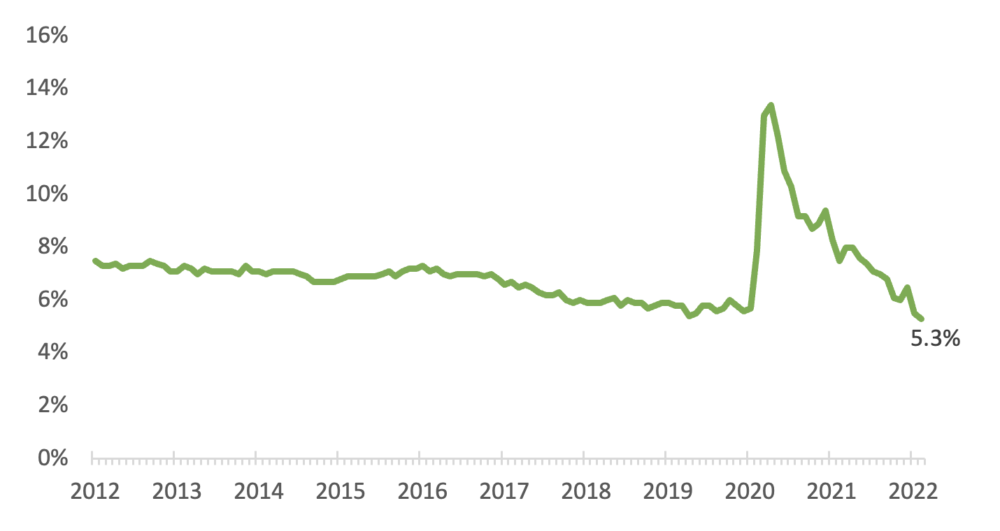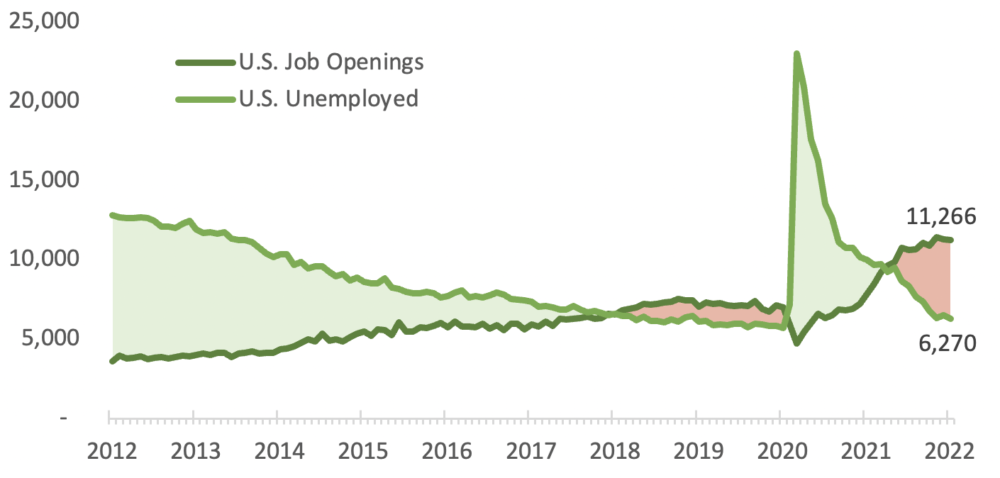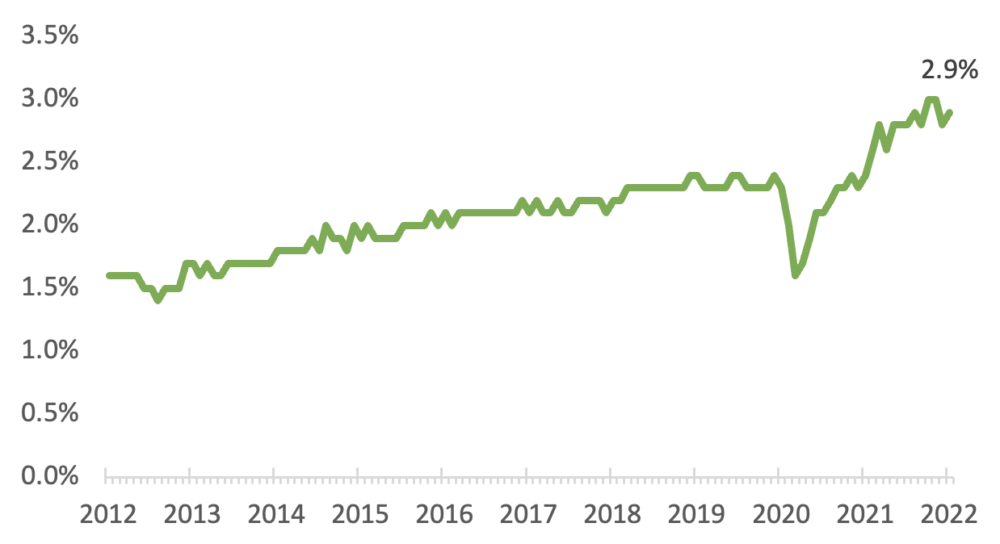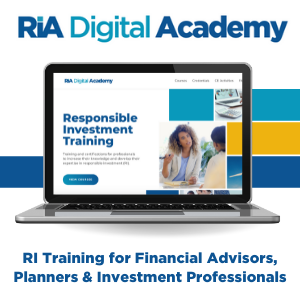The material importance of human capital on company performance has taken on a renewed focus two years into the COVID-19 pandemic and following a wave of employee resignations. While a labour shortage existed leading up to the pandemic, the disruption to normalcy served to intensify this as employees took the opportunity to rethink their approach to work. Now companies are not only looking to attract new talent, but also trying to retain the talent they have come to depend on. This is a formidable objective as companies look to meet their strategic ambitions in a context of challenging economic conditions and a low-carbon future. Investors are increasingly paying more attention to human capital practices as a competitive advantage in their investment analyses and engagement with companies. Measuring performance on this front and identifying and remedying gaps are key given the current realities of this ever-present talent crunch, and we provide examples of how investors can play a stewardship role in achieving these goals.
Structural Labour Shortage Intensified
The significant mismatch of labour supply and demand that currently exists in North America results from a mix of factors, including baby boomer retirements, birth rate decline, slowed immigration, declining labour force participation, and pandemic uncertainty. While this is a global issue, North America’s labour shortage is particularly acute. In Canada, we have seen the unemployment rate drop to 5.3% in March, the lowest rate on record according to Statistics Canada. In the U.S., we have seen a stark and historically high gap between job openings (11.3 million as of February 2022) and the number of unemployed individuals (6.3 million)[1].
On top of this is a skills gap, where available workers lack the technical training to meet the economy’s current and future needs. Employees are increasingly cognizant of this, recognizing their value and opting for jobs that better suit their preferences – whether that includes higher salaries, remote work, expanded benefits, aligned values, etc. In fact, the U.S. quit rate in February was 2.9%, almost double the rate seen 10 years earlier, with voluntary separations now representing 71% of all employee job departures[2].
Canada Unemployment Rate

Source: Bloomberg, Statistics Canada. As of March 31, 2022.
U.S. Job Openings vs. Unemployed (‘000s)

Source: Bloomberg, U.S. Bureau of Labor Statistics. As of February 28, 2022.
U.S. Quit Rate

Source: Bloomberg, U.S. Bureau of Labor Statistics. As of February 28, 2022.
Inclusivity as a Solution
While fixing the systemic issues creating this growing labour shortage requires public policy changes that encourage a greater skilled labour supply, companies do have tools to compete for existing talent. To do so, employers need to update antiquated approaches to the worker experience to better cater to employee preferences as well as to cast a wider net when considering what talent looks like. Diversity and inclusion can be used to create a corporate culture that attracts a larger swath of qualified (yet previously overlooked) candidates. This is particularly true of professional occupations, where there is substantial room to grow when it comes to expanding gender, racial and ethnic diversity. Given that employees have more options due to the labour shortages, companies need to put their best foot forward so these diverse candidates know they will be valued and supported. This in turn can provide a compelling corporate culture, contributing to recruitment and retention in a time of an overheated labour market.
Tech Growth and Corporate Culture
The technology sector plays an important part in fueling the global economy, a reality that became intensely clear as the world virtually manoeuvred the pandemic with an eye to maintaining data security. This is a knowledge-intensive sector that has and continues to face challenges in acquiring the talent needed to meet growing business demands. In fact, the U.S. Bureau of Labor Statistics projects software developers and software quality assurance analysts, for example, to be one of the highest areas of new job growth through 2030.
Despite this, the tech sector has struggled to advance diversity, equity and inclusion efforts. According to a Pew Research Center study released in 2021, women amounted to 25% of computer occupations, a proportion that declined from 2000 to 2016 and stayed at that level through 2019. This study mentions a persistent pay gap in Science, Technology, Engineering and Math professions, with Black and Hispanic women typically at the bottom when compared to their colleagues. Working conditions for women and visible minorities in tech have also come under criticism, with concerns around workplace discrimination, harassment and bias. Building transparency around corporate progress on improving on any of these fronts is critical to retain and attract talent in today’s heated job market – transparency that would help encourage all employees to further contribute to the company’s strategic goals, innovation and growth.
Investors as Stewards of Value
As global investors, we continue to use stewardship to engage companies on their human capital management strategies. We remained steadfast for the 2022 proxy season in our support of proposals that lend well to healthy corporate culture, particularly in light of the need to combat talent shortages. This includes supporting proposals that aim to build transparency around diversity across corporate ranks, proposals that advance disclosure of gender and racial pay gaps, proposals that look for assessments of company diversity and inclusion practices and policies, and proposals that recommend adoption of policies which ensure employees have avenues to voice concerns. These employees have more power than ever. There is value in listening to them.
Sources
[1] Bloomberg, as of March 31 2022
[2] Bloomberg, U.S. Bureau of Labor Statistics. As of February 28, 2022
Contributor Disclaimer
Certain statements in this document may contain forward-looking statements (“FLS”) that are predictive in nature and may include words such as “expects”, “anticipates”, “intends”, “believes”, “estimates” and similar forward-looking expressions or negative versions thereof. FLS are based on current expectations and projections about future general economic, political and relevant market factors, such as interest and foreign exchange rates, equity and capital markets, the general business environment, assuming no changes to tax or other laws or government regulation or catastrophic events. Expectations and projections about future events are inherently subject to risks and uncertainties, which may be unforeseeable. Such expectations and projections may be incorrect in the future. FLS are not guarantees of future performance. Actual events could differ materially from those expressed or implied in any FLS. A number of important factors including those factors set out above can contribute to these digressions. You should avoid placing any reliance on FLS.
Bloomberg and Bloomberg.com are trademarks and service marks of Bloomberg Finance L.P., a Delaware limited partnership, or its subsidiaries. All rights reserved.
TD Asset Management Inc. is a wholly-owned subsidiary of The Toronto-Dominion Bank.
®The TD logo and other TD trademarks are the property of The Toronto-Dominion Bank or its subsidiaries.
RIA Disclaimer
The views and opinions expressed in this article are solely those of the authors and do not necessarily reflect the view or position of the Responsible Investment Association (RIA). The RIA does not endorse, recommend, or guarantee any of the claims made by the authors. This article is intended as general information and not investment advice. We recommend consulting with a qualified advisor or investment professional prior to making any investment or investment-related decision.

